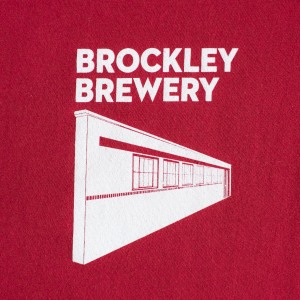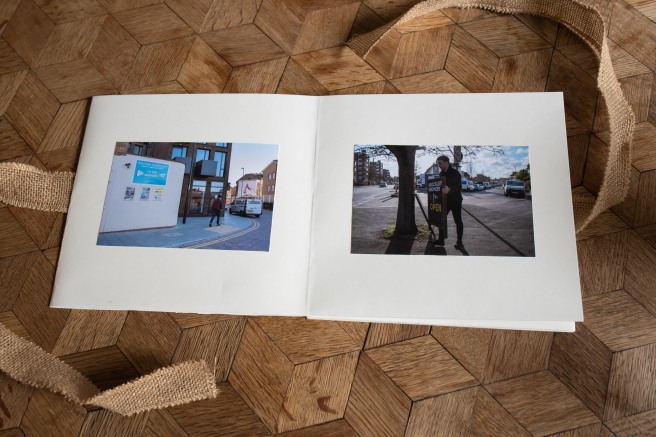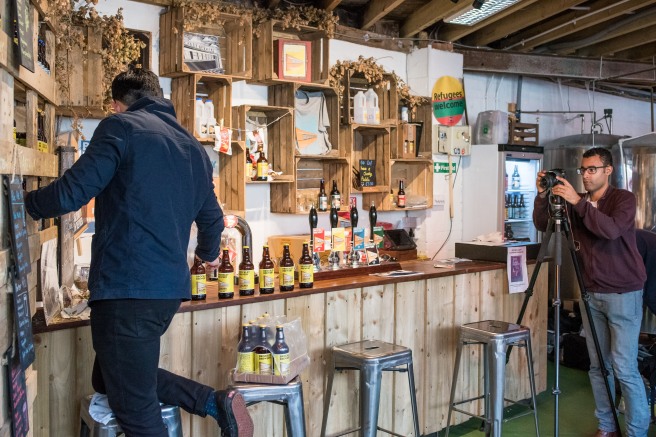I have chosen to present Assignment 1 in a handmade book, the non-synthetic nature of which I feel reflects the organic nature of the brewery and photographs I produced for the brewery in the project. I have alluded to this in the introduction of the handmade book which incidentally was purposefully hand-written to fit in better with the same theme of organic. For me this organic theme lent to a more personable object (the handmade book) which felt unique, a bit like the brewery I had been photographing.

The book took some time to make and I found this process made me think carefully about formatting options and attention to detail in displaying the photographs. For example a measurement of 145mm was apparent on the long edge for all photographs, landscape, portrait or square, which helped the book to maintain a consistent aesthetic. The photographs were also centred in their respective pages in order to keep the viewer’s eye immersed in the book.

I decided to use a folded method – the ‘Snake Book’, as per the instructions found in Alisa Golden’s Making Handmade Books – (Golden, 2010) – for making the book. It seemed simple to make yet afforded me the right amount of pages necessary to accommodate the photographs, the introduction and the front and back covers. In order for the book to accommodate the photographs at a decent size (145mm on the long edge) as well as using a folded book method, it was necessary to use a massive-sized piece of cartridge paper (A1) to fold the book from. I folded (and cut) the A1 piece of paper into a Snake Book and then applied the photographs one by one using self-adhesive spray to the centre of each page.


Lastly, I attached a wide ribbon made in hessian to add a rustic feel to the book which could be tied to close the book. Then I applied the front and back covers to the book. The front and book covers served a dual purpose; firstly to show what the book contained quite clearly and also to hold the ribbon in place.







Overall I would describe my first venture into making a handmade book as quite successful and also liberating and fun, if time-consuming. Provided I could embark on a project which merited presenting work in a handmade book in the future, I would embrace making another one. The experience made me aware how much craft and materials are necessary to make a relatively simple book and was in some contrast to the ease with which digital files like photographs can be mass-produced.
References:
Golden, A. (2010). Making Handmade Books. New York: Lark, pp. 39-40.
















